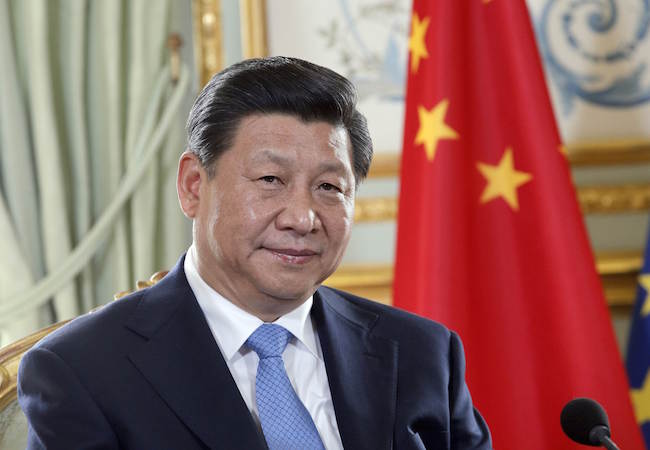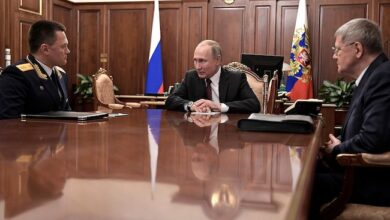
By Dewi Hadin
President of China Xi Jinping arrived in Jakarta, Indonesia today, 22 April, at 12:10 am Jakarta time to attend the 60th Commemoration of the Asia-Africa Conference.
Multiple heads of state are scheduled to further discuss 3 documents that were already examined in previous meetings of the Conference. The three documents are the Bandung Message, the Declaration of New Strategic Partnership on Strengthening Asia and Africa, and the Declaration of Independence of Palestine. The meeting of the heads of state, to be led by President of Indonesia Joko Widodo and President of Zimbabwe Robert Mugabe, will take place in Jakarta for 2 days, and will then continue in Bandung, Indonesia until 24 April.
In his speech today, 22 April, at the first plenary of the head of state meeting, Xi Jinping committed to arrange 100,000 workshops in various fields for developing countries in Asia and Africa to take place over the course of the next five years.
His speech mainly pointed to the importance of economic cooperation between Asia and Africa and the participation of developed countries in promoting global development that results in equitable growth.
He also added that the establishment of the Asian Infrastructure and Investment Bank (AIIB) is a form of China’s commitment to more equitable and inclusive growth. “It is very important to bring the developing countries to the appropriate level of global development, either through Official Development Assistance (ODA) or through investment, to balance the partnership in global development”.
Xi said that China, as one of the developed countries in Asia, is ready to build close relationships and increase cooperation with Asian and African countries.
He also announced that China will establish a Center of Cooperation between China–Asia–Africa to strengthen collaboration between the countries and continents in an array of fields.




